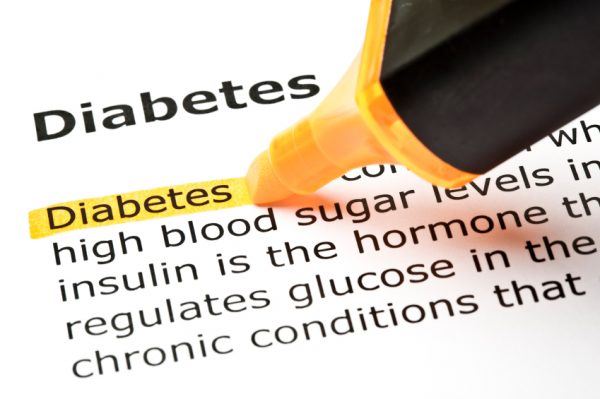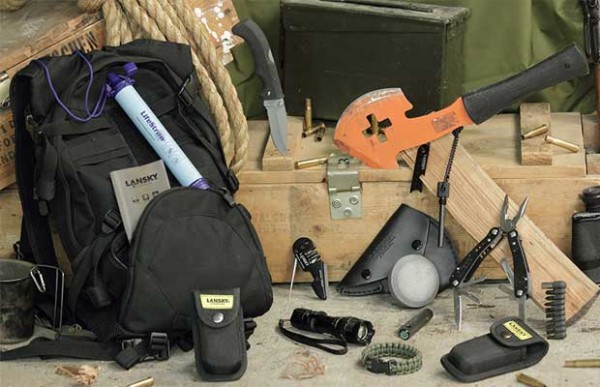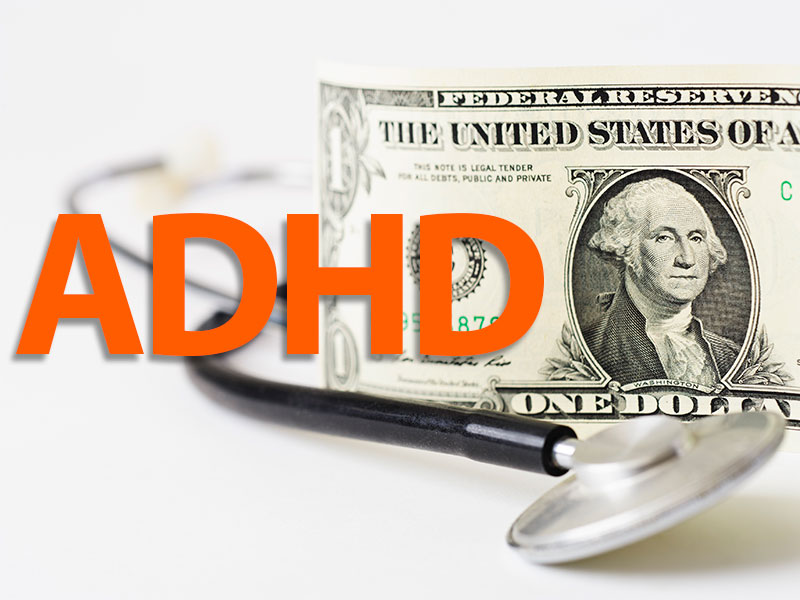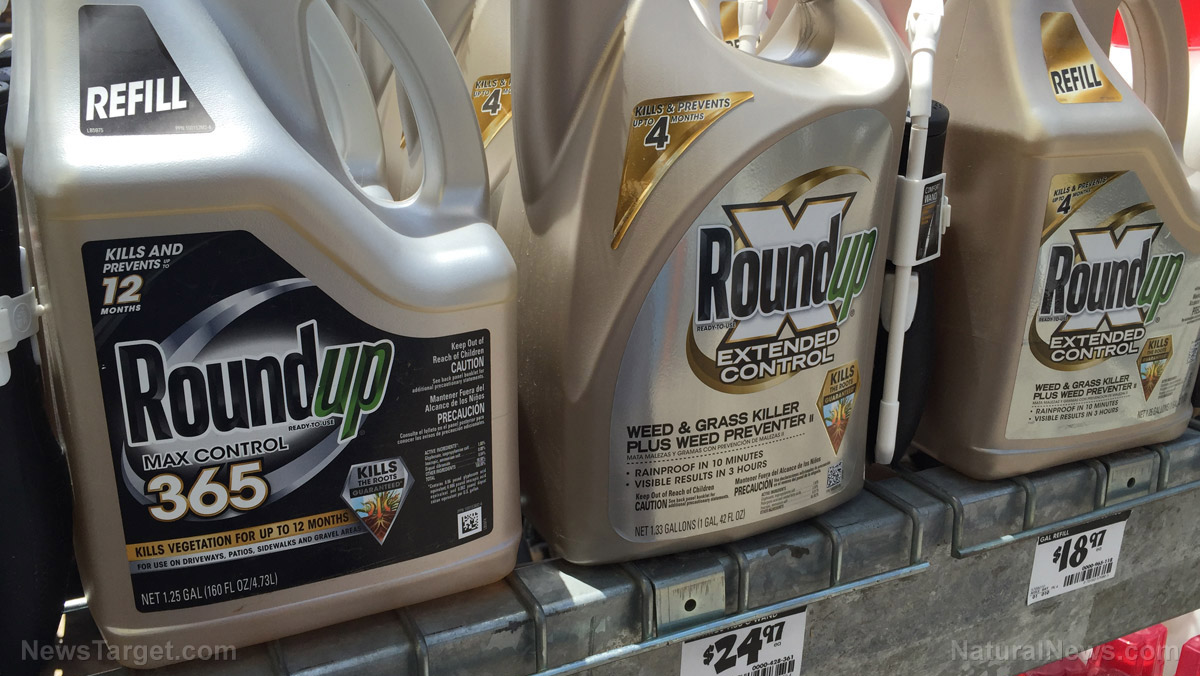
Blood glucose strips and meters
Blood glucose strips and meters will help check your blood for elevated sugars. This test can help rule out the possibility of diabetes. This kind of test kit will help identify new cases of Type 1 and Type 2 diabetes. Additionally, blood glucose strips and meters help test for gestational diabetes. The test kits are affordable, but the strips may be costly. Diabetes is prevalent in America and if you're worried someone in your family has developed the condition, stock up on blood glucose strips and meters. (Related: Survival medicine: How to disinfect your first aid tools and instruments.)Blood type test kit
Don't wait until SHTF to find out the blood type of everyone in your family. This information might save someone's life during a medical emergency. You can also purchase blood type test kits or EldonCards to determine the blood type of children who may be born in the future. EldonCards are portable, compact and easy to use. You'll need one to test someone's blood type in a disaster scenario and you don't have access to emergency medical services. If you use EldonCards, you can get the result within two to six minutes. The test kits don't require refrigeration, electricity, or daily controls of reagents. EldonCards can be stored for up to 24 months at 37 C (110 F).Food and penicillin allergies
You can check for food allergies and sensitivities using a simple scratch test. A food allergy will trigger anaphylaxis and your body may go into shock. Anaphylactic shock can even cause death. Different foods or substances can trigger an allergic response at any time. Some of the most common foods that trigger anaphylactic responses are peanuts and tree nuts. Eggs and milk are also common food allergens. If you think a food allergy was triggered by any type of nut, eggs, latex, or penicillin, do not attempt testing without a physician and an Epi-pen at hand. Skin scratch test- Clean the patient's inner forearm and upper arm with soap and water, then wipe with rubbing alcohol.
- Apply a little saline to one site then scratch the area with a butter knife or a dull instrument. Don't break the skin or cause bleeding. This will be the control site and there should be no reaction. In a clinical setting, another control that would be performed involves the application of histamine. Everyone reacts to histamine, but you may not have this in an SHTF scenario.
- Prepare a second skin site: Wash, disinfect and gently scratch as described in the previous steps. Mash the food you think triggered the allergy and apply a small amount to the second skin site.
- Leave the food in place for 20 minutes, then rinse it away. You won't see any difference between this site and the control site if the patient doesn't have an allergy or sensitivity.
- If the patient experiences itching, irritation, bumps, or redness, they have a sensitivity or allergy. A positive test on the skin site will look like the irritation following a mosquito bite, with the skin being a little red. An itchy bump may also form.
- Grind up a penicillin tablet or open a capsule.
- Mix the powder with a little water, then apply the paste to the skin. If there is a reaction, the patient is allergic and you shouldn't use penicillin.
- If there is no reaction, you can use penicillin if absolutely necessary, but only under a physician's supervision and with an Epi-pen at hand.
Hematocrit DIY test kit
To make your DIY hematocrit test, you need to buy glass capillary tubes for about $7 and lancets (which you also need for the blood glucose meter test kits) for $9 or more.- Prick the tip of the patient's finger with a lancet. Squeeze the pricked finger from the base to the tip to squeeze out some drops of blood.
- Place the end of the capillary tube in the drop of blood. Get as much blood into the tube as possible, then set the tube upright. Wait for at least one hour.
Pregnancy test
Women can use pregnancy tests to help a physician differentiate between appendicitis, ectopic pregnancy, or ovarian cysts. A doctor will also need to know if someone is pregnant before prescribing some medications. You can get 25 pregnancy tests for about $7 Amazon.Urinalysis strips
Urinalysis strips help measure 10 different parameters:- Bilirubin
- Blood in the urine
- Glucose
- Ketones
- Leukocytes
- Nitrite
- pH value
- Protein
- Specific gravity
- Urobilinogen
Mask-free Sweden hovered at near-zero COVID-19 deaths per day in July
By Nolan Barton // Share
Natural healing: Survival uses for coconut oil
By Zoey Sky // Share
There are five levels of preppers… which one are you?
By Nolan Barton // Share
7 Reasons to cook with cauliflower, a nutritious and versatile superfood (recipes included)
By Rose Lidell // Share
Study shows 5-10 minutes of low-intensity running can help reduce risk of premature death
By Mary Villareal // Share
STUDY: Vitamin C and zinc supplementation can increase the effectiveness of antimalarial agents
By Evangelyn Rodriguez // Share
ADHD medications linked to increased glaucoma risk, reports study
By dominguez // Share
Study reveals bats have an internal "compass" that functions independent of celestial cues
By kevinhughes // Share
A tainted foundation: Ghostwritten science and glyphosate's regulatory legacy
By willowt // Share
From gravy to gleam: The surprising list of uses for cornstarch
By willowt // Share
The Light Code: Shocking TRUTH about how light heals and rejuvenates
By kevinhughes // Share











